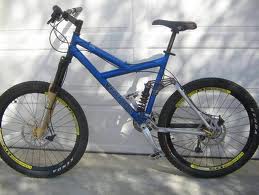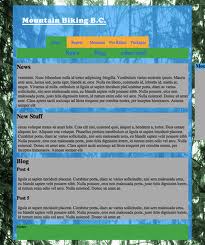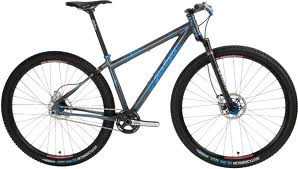This mixture makes a the free rider climb trails without the use of any chairlift but has the ability of taking on any terrain on the decent. Also since they are lighter they can be use to jump over certain obstacles.
They have more steeper head angle and a shorter wheelbase for maneuverability on tight turns on slower, technical sections of trail. With these specs on the bike a free ride bike can be considered an all around bicycle also useful in street and skate parks.
One of the most popular contest for free riders is the Red Bull Rampage. Launched in 2001 it has brought unrestricted ethos of free ride mountain biking to the contest arena. In each contest the boundaries were pushed farther to test the limits of some of the best riders in the world.
Located in Zion National Park in Utah. with notable past winner such as Cedric Gracia, Wade Simmons,Kyle Straite, and Darren Barreclot, just to name a few.
The contest puts the audience on the back seat as they watch the riders jump from man made ramps on high cliffs as they gracefully move in mid air capturing possibilities that a rider can do while in flight.
With contest like these development of free ride bikes were noted by big manufacturers creating a line of bicycle specifically made for free riding and with specific components and suspensions.
Big name bike brand such as Intense Bikes, Transition Bikes, Santa Cruz Bikes and Trek with the rest following the pack.
With the spread of this new discipline all over the world one can expect that a lot of upcoming talents will rise each one eager to show their technical prowess on a mountain bike and with this you can expect a much exciting contest in the future.

































